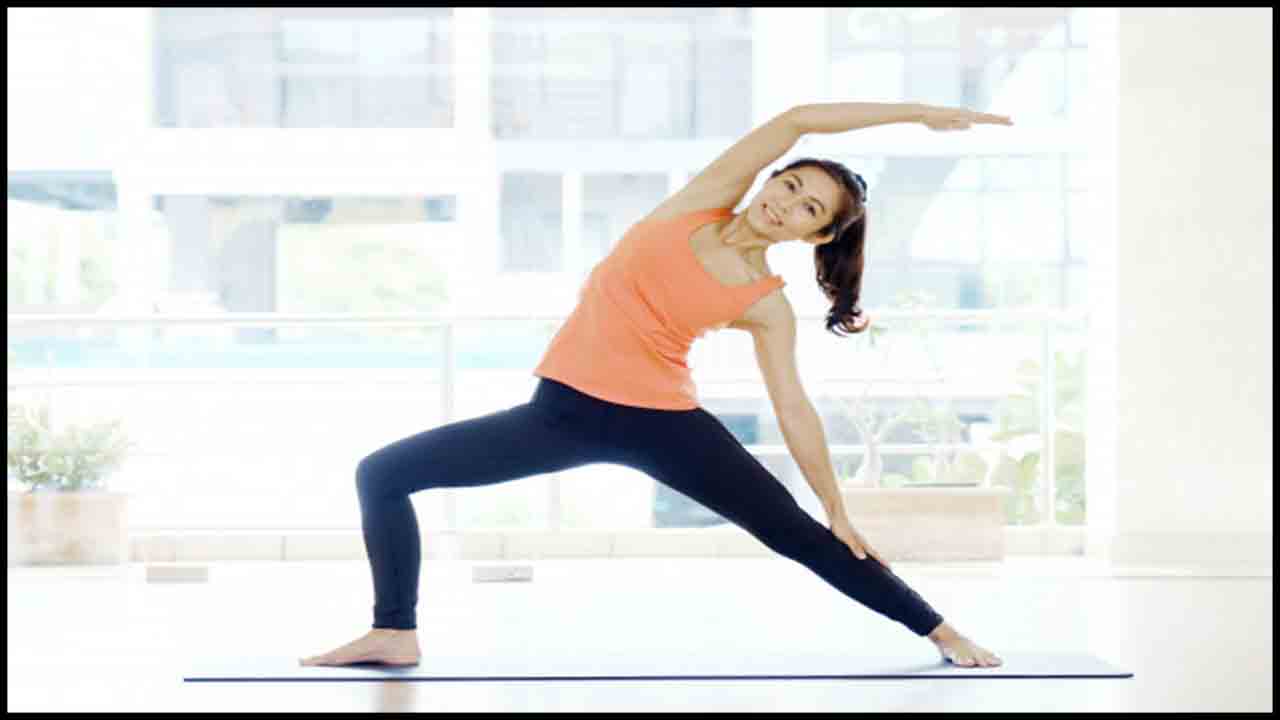
Release the act of doing and master the skill of relinquishing.
As you initiate your journey into yoga, the savasana might appear to be a luxurious treat.
Reclining on a soft mat amidst fragrant incense and the gentle melodies of a Tibetan singing bowl?
Absolutely!
The Significance of Savasana
The wonderful aspect of savasana is that the period spent resting, supported by bolsters, is vital for your body to assimilate all the insights from your yoga session.
Just as your body processes the food you consume to develop your muscles, organs, and tissues, lying flat on your back at the conclusion of class provides your body with the necessary time and space to internalize the advantages of yoga asana (postures).
Many instructors might not allocate as much time to the anatomical intricacies of savasana as they do with other poses. This occurs partly because crafting an empty space is where the enchantment of savasana begins to unfold.
Why Savasana Is the Most Challenging Pose
In English, savasana translates to corpse pose. When we are reclined, eyes shut, palms facing upward, there’s little we could do unless we were indeed lifeless.
This is where the difficulty emerges.
In Buddhism, an active mind is referred to as a monkey mind. If you’ve ever observed your thoughts, you may have noticed it tends to leap from one idea to another like a monkey navigating through branches.
When you lie down or sit in silence, it often feels as though you are accomplishing nothing. There’s a lure to resist confronting all those thoughts clamoring for your focus.
In this regard, savasana can require more effort than other yoga poses.
It’s valuable to push through.
The Physical Advantages of Savasana
Savasana stimulates the parasympathetic nervous system (your ‘rest and digest state’).
The advantages of spending time in the parasympathetic nervous system (in contrast to the sympathetic nervous system, your ‘fight or flight’ response) include enhanced sleep, reduced blood pressure, lowered stress levels, and decreased fatigue.
Additionally, as your body slows down, your mind will follow suit.
Savasana as a Form of Meditation
Savasana aids in soothing the mind. Although you may not focus on your breath as you would in conventional meditation, allowing yourself the time (be it one minute or twenty) at the close of your yoga practice to relinquish ‘the doing’ is a way of letting go.
And letting go is the essence of meditation. Releasing attachment to thoughts begins with permitting your body to relax.
So, if you feel tempted to forgo savasana, remind yourself that there’s an equal chance for yoga magic in both savasana and handstand.
Both poses require practice.